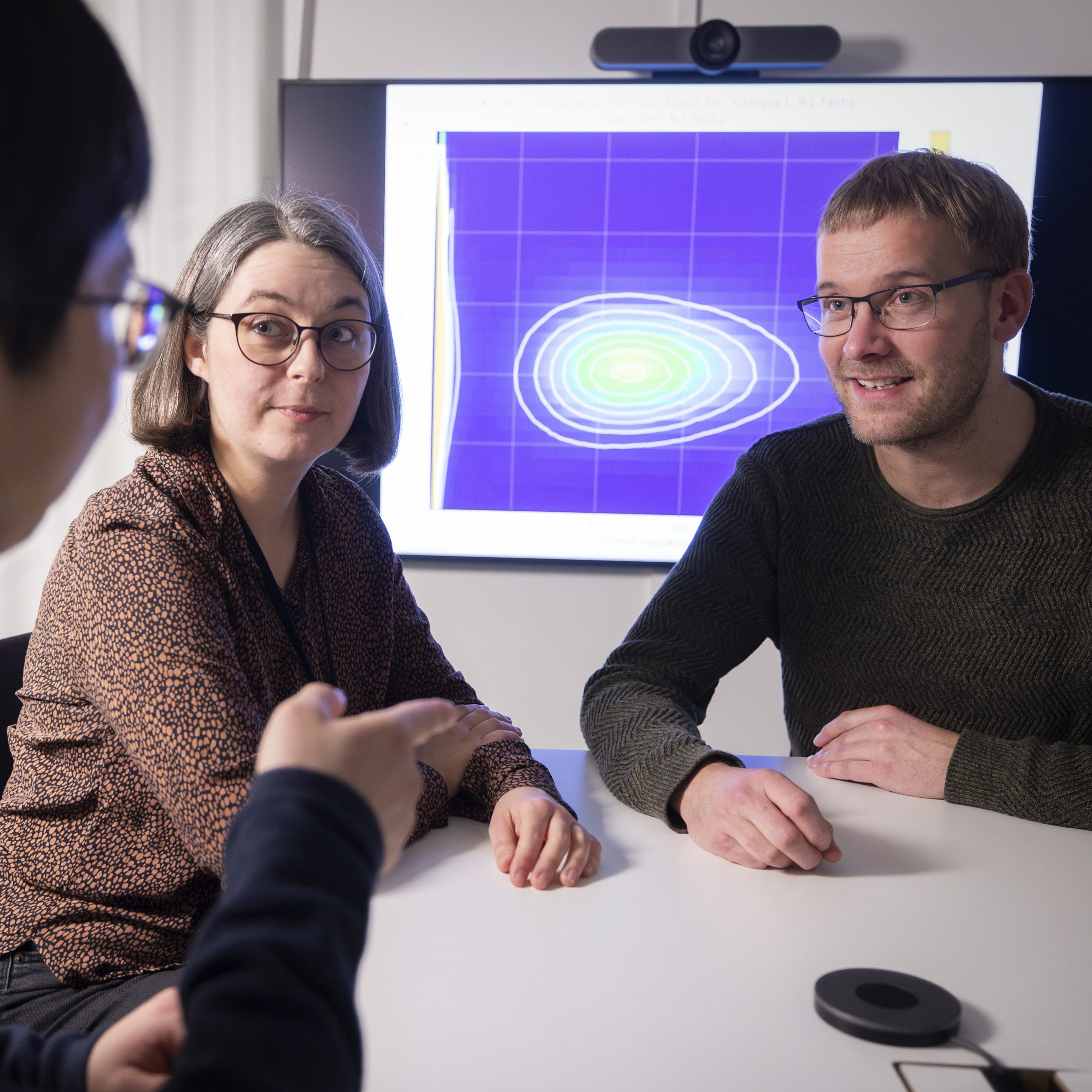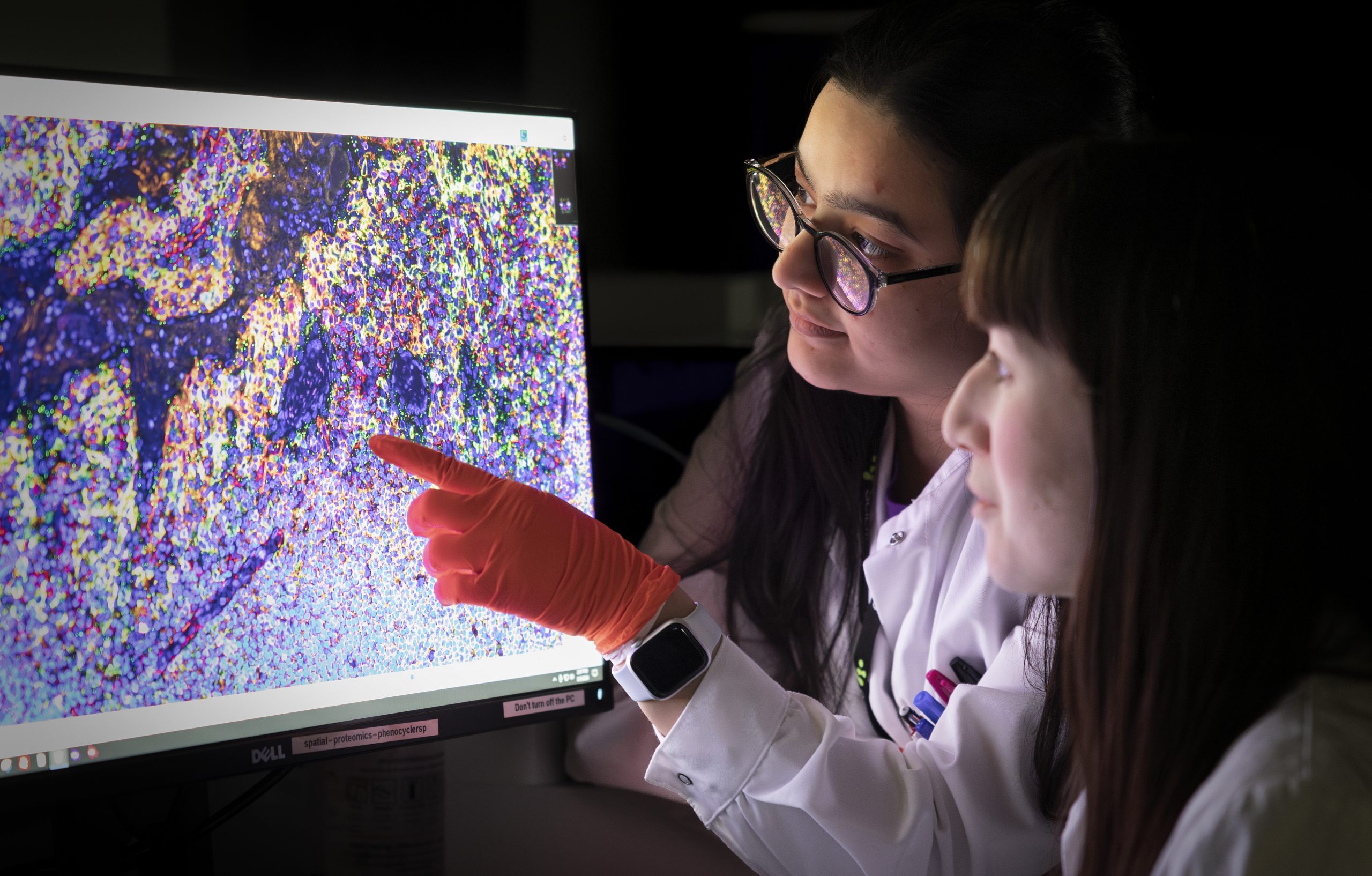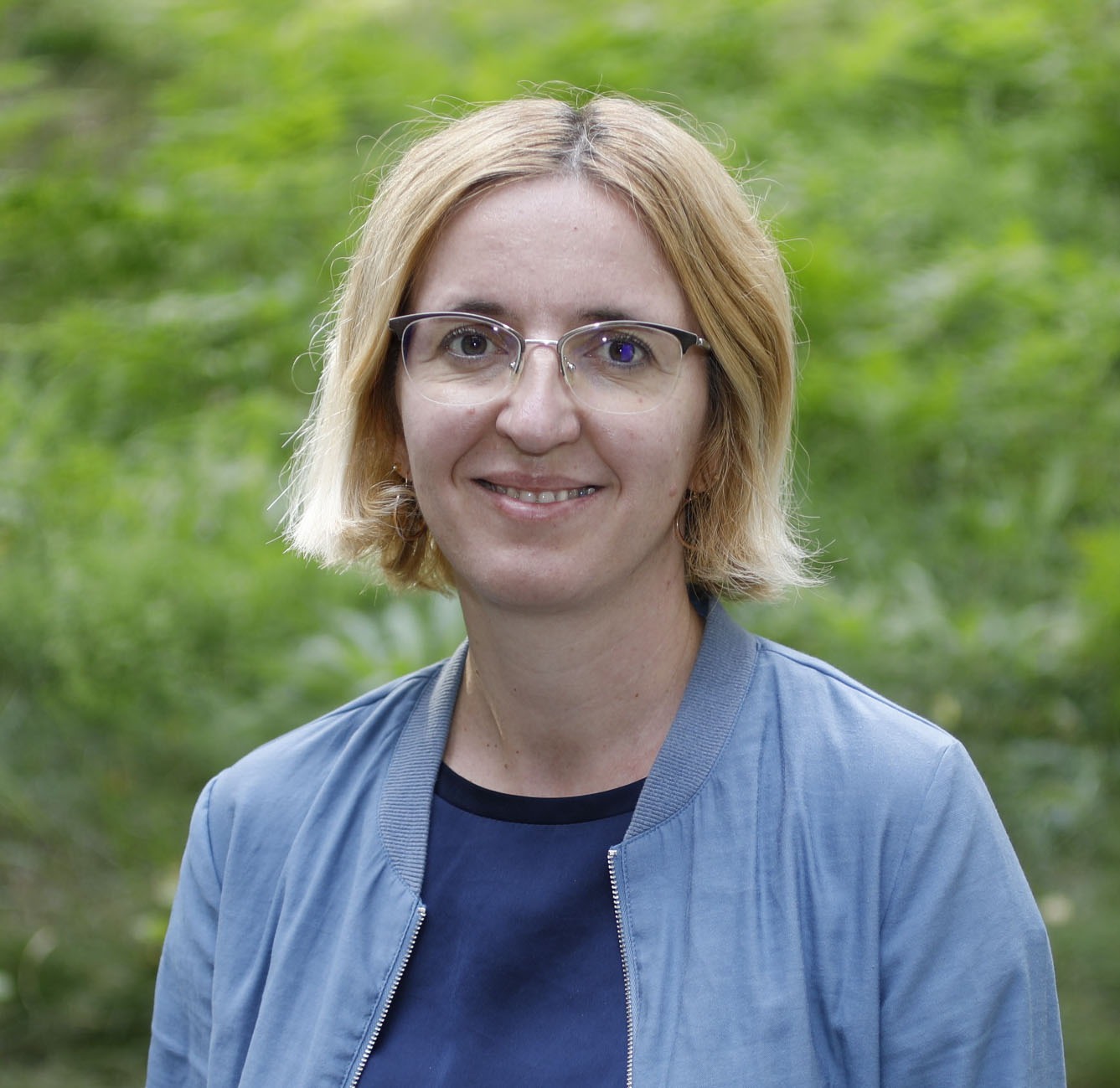Briefly about Spatial Omics
Spatially resolved omics technologies have emerged in recent years and have undoubtedly changed the way we understand the spatial organization of complex multicellular biological systems. SciLifeLab researchers have been instrumental to the development of spatial omics methods and many of these technologies as well as others are offered as a service at SciLifeLab. These cover cutting-edge technologies for spatial profiling of transcripts, proteins, DNA and small molecules in histological tissue sections.
What we offer at SciLifeLab
Spatial Transcriptomics
Spatial transcriptomics integrates transcriptomic analysis with spatial context, enabling the study of gene expression while preserving the precise spatial relationships between cells within their native tissue architecture. This powerful approach provides a comprehensive understanding of cellular function and organization within complex tissues.
We offer both sequencing-based spatial transcriptomics (ST) and imaging-based spatial transcriptomics (iST) services, providing flexibility to meet diverse research needs and deliver precise insights into spatial gene expression.
- 10X Genomics Visium & VisiumHD: NGS-based platforms for whole-transcriptome.
- AVITI24: Advanced imaging-based spatial transcriptomics platform.
Explore more
- 10X Genomics Xenium: Imaging-based platform with subcellular resolution .
- In-House In Situ Sequencing: Customizable high-plex gene panels for imaging-based spatial transcriptomics.
Explore more
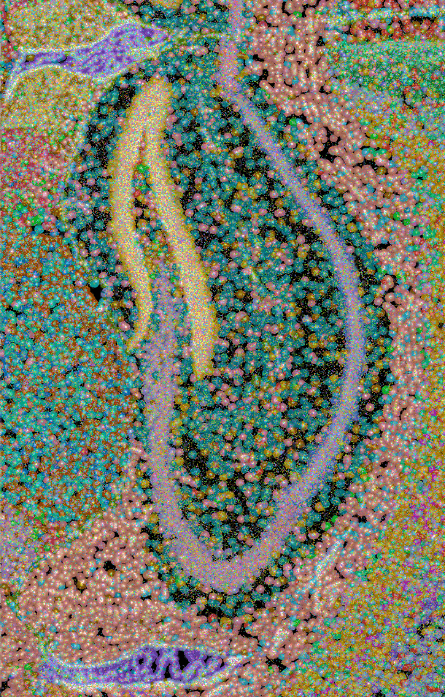
Spatial Proteomics
The aim of the Spatial Proteomics unit is to do full-service multiplexed immunofluorescence (IF) projects covering discovery, translational and diagnostic research questions. The feasibility of proposed projects is assessed, then we perform everything from project design, sample preparation and imaging to give you the best results possible. Initial analysis suport can be given. Our instrumentation and methods allow us to run targeted spatial proteomics analysis of up to 50 markers at single cell level in tissue sections (fresh frozen or FFPE) in human or mouse sections. In the Spatial Proteomics unit, we offer:
In the Spatial Proteomics unit, we offer:
- High-plex IF with Phenocycler-Fusion (Akoya)
- Medium-plex IF with COMET (Lunaphore)
- Low-plex IF with Signal Star (Cell Signaling Technology)
- Image scanning and spectral unmixing for up to 8 colors
- Antibody conjugations for our IF applications
- HE stainings in combinations with IF
Explore more

Spatial Mass Spectrometry
Spatial mass spectrometry is a label-free method that allows for the visualization and quantitative analysis of the distribution of targeted or untargeted chemical species directly in tissue sections.
The Spatial Mass Spectrometry unit is localized in Uppsala and offers services including:
- Project design
- Sample preparation including cryo-sectioning
- Method developments
- Targeted or untargeted imaging of small molecules in tissue sections
- Quantitative analysis
- Image data processing and statistical analysis
Explore more
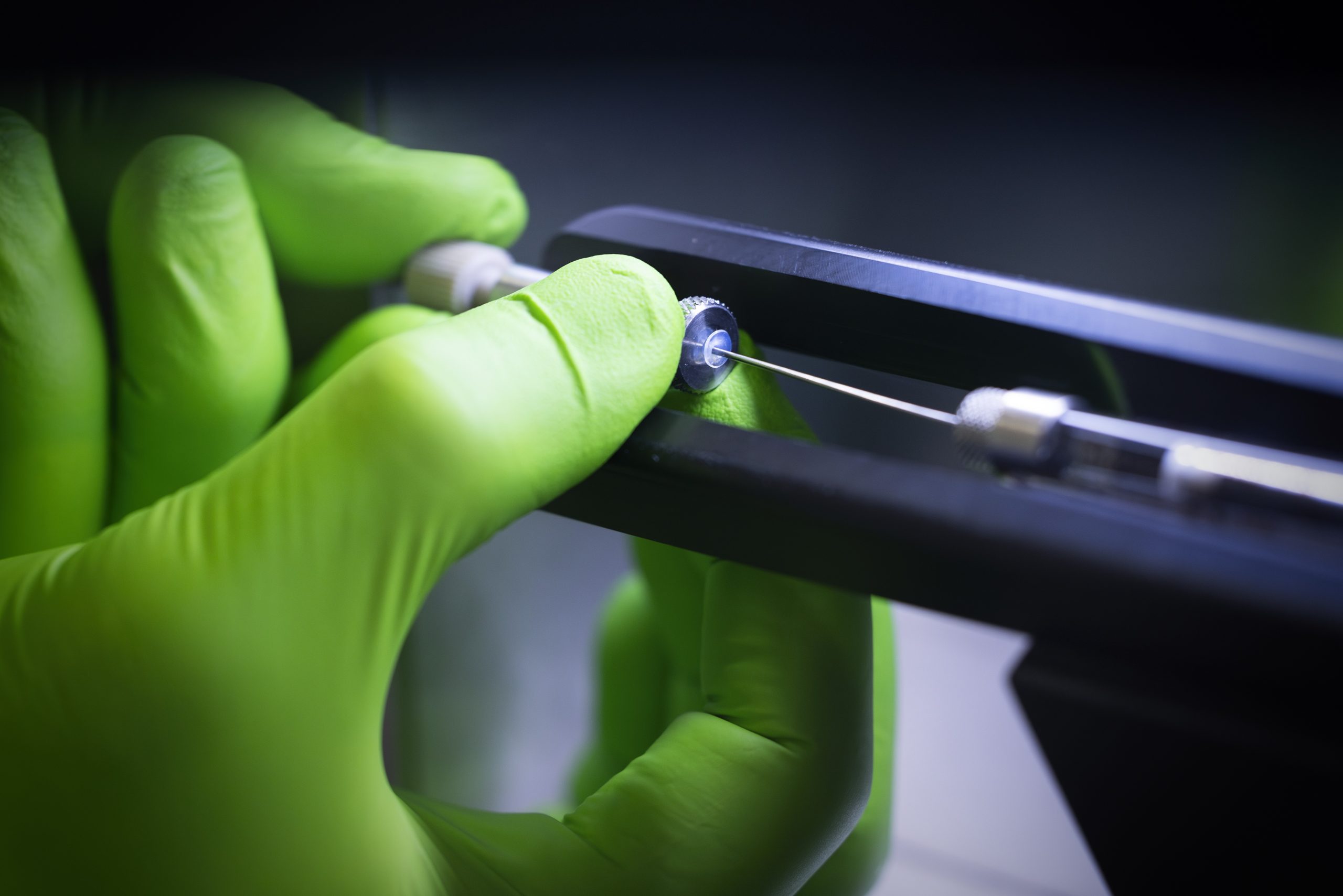
Spatial Multiomics
Multiomics combines multiple biological data layers—such as spatial transcriptomics, spatial proteomics, and spatial mass spectrometry—to provide a comprehensive view of cellular processes. By integrating these approaches, we can uncover complex molecular interactions, enhance disease diagnostics, and advance precision medicine.
We have extensive experience in multiomics, so feel free to contact us if you’re interested: spatialomics@scilifelab.se
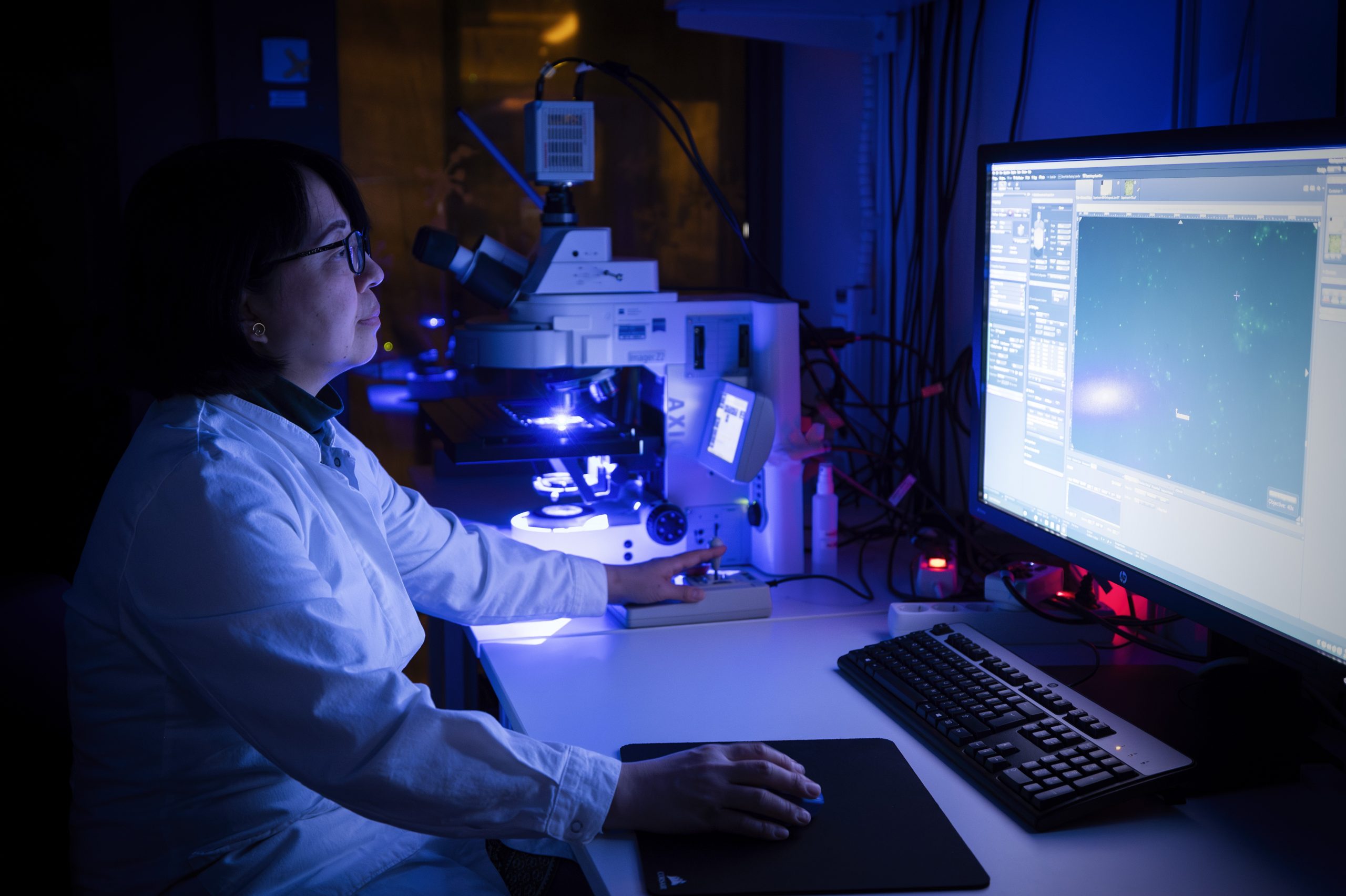
Bioinformatics support
The SciLifeLab Bioinformatics platform (National Bioinformatics Infrastructure Sweden, NBIS) provides advanced support in data analysis, data integration, systems and tools development, data management, digital infrastructure services, and training.
NBIS offers expertise in areas related to spatial biology, including:
- Spatial transcriptomics and in situ sequencing
- Spatial proteomics and mass spectrometry
- Image analysis and deep learning
Explore more
